Affiliate links on Android Authority may earn us a commission. Learn more.
All I want is a pair of true wireless buds with a removable neckband
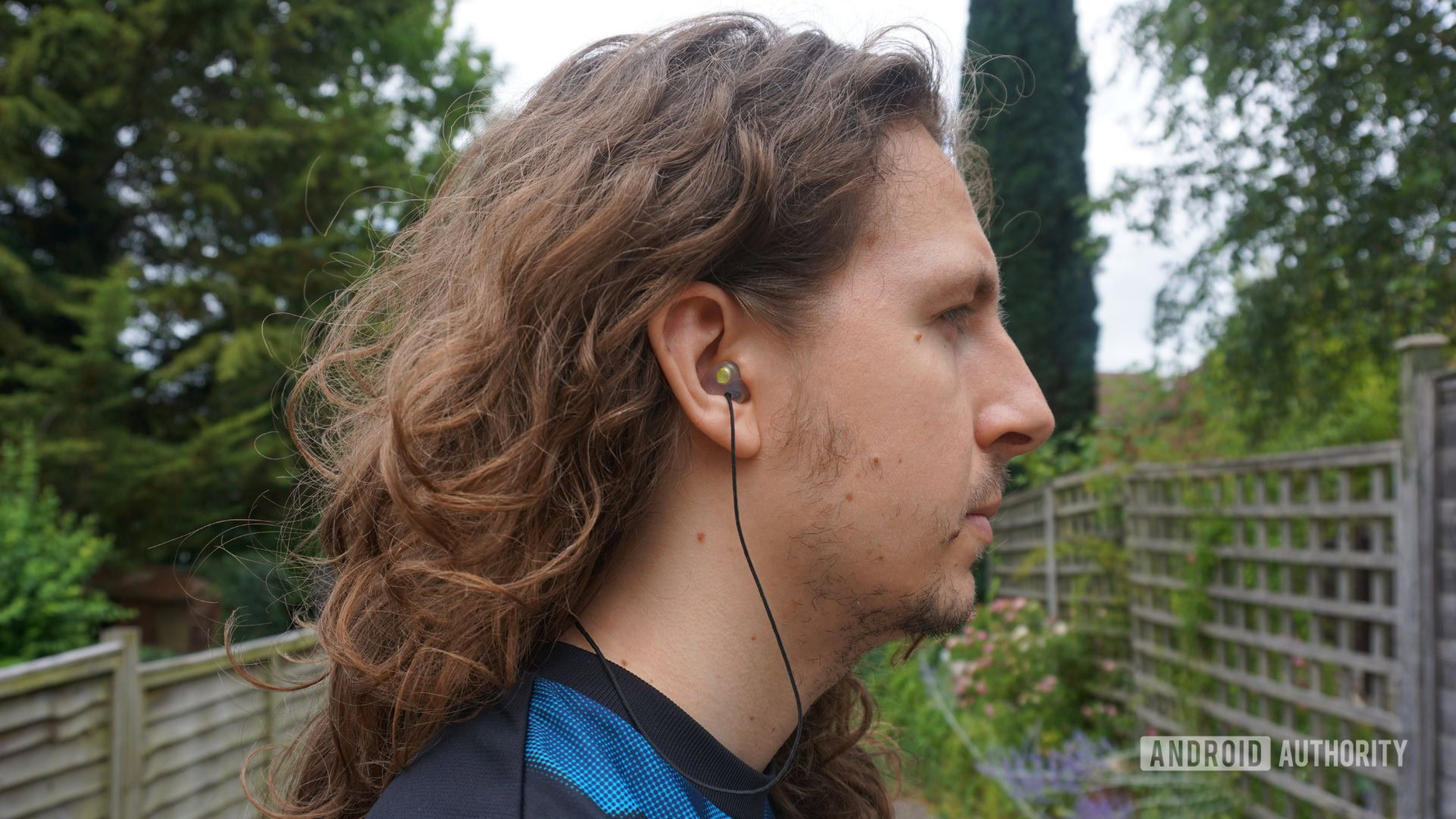
I recently had a hearing test and some molded earplugs made. The hearing protection I now receive was well worth the minor discomfort I had to endure when having the casts taken. In addition to much better isolation than universal earplugs, molded plugs are much more comfortable. However, I have found the inclusion of a removable neckband most useful. Previously, I would have to store earplugs loosely in my pocket until I put them in my ears. But now that my molded earplugs are tethered with a string, I never worry about losing them. If anything, I now find wearing untethered earbuds a little anxiety-inducing (think of all the times you’ve nearly dropped a bud down the drain — you’ll know what I mean).
Removable neckbands are an easy way to keep your earbuds safe from accidental drops and falls.
And that got me thinking: If a small earplug company can incorporate a removable neckband, so can multi-million dollar earbud companies.
Would you want a removable neckband with your true wireless buds?
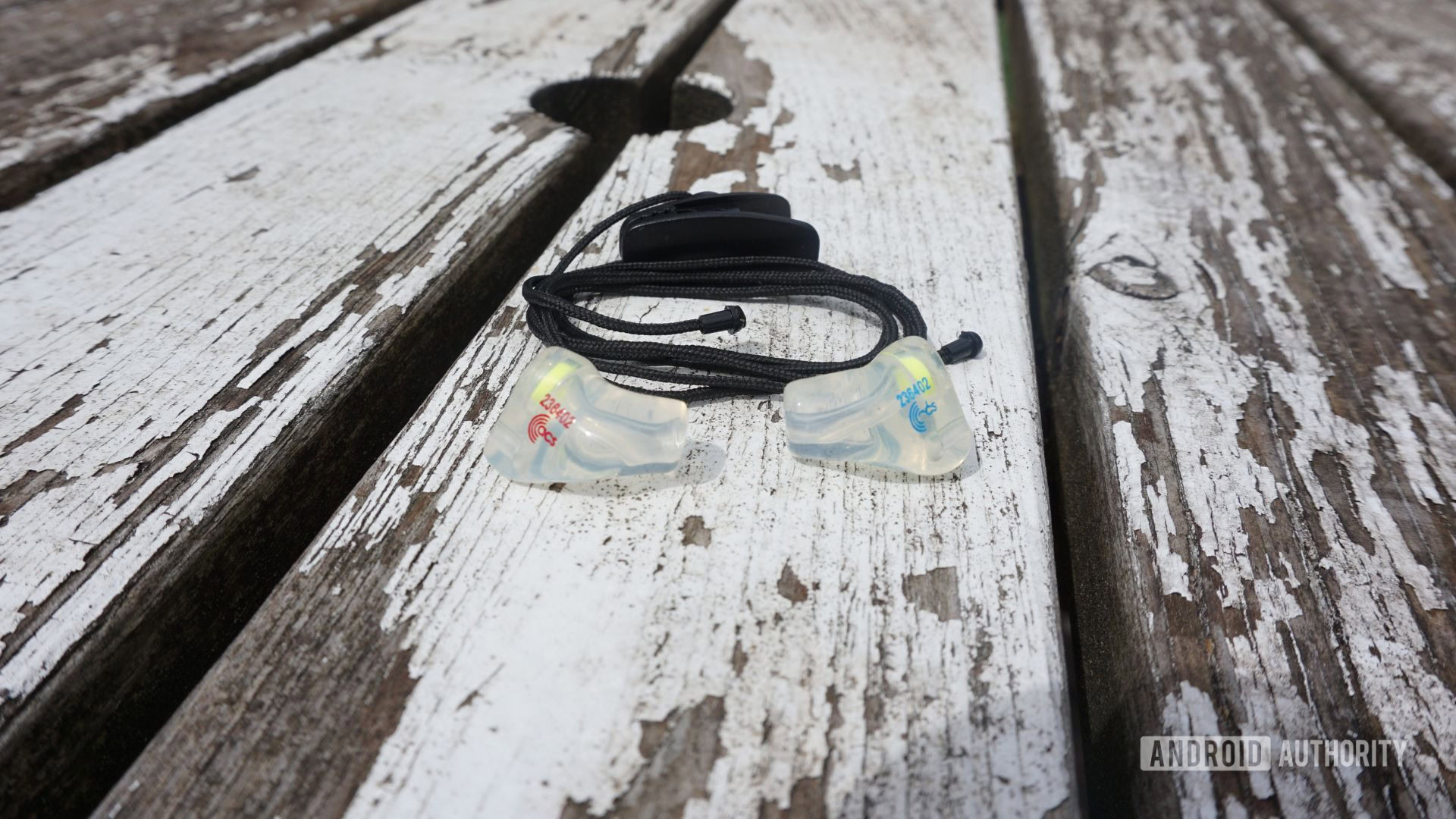
It’s worth noting that neckband earphones already exist in varying forms. I fell in love with the exceptionally good-value Sony WI-C100 for their 25 hours of battery life and DSEE upscaling a while ago. Much like my molded earplugs, they were also very comfortable to wear. Rarely did I find myself suffering from ear fatigue or noticing any painful earache. That said, they were my first and last neckband earphones. Despite being some of the best on the market for the price, I got tired of storing them around my neck or taking a bag everywhere I went.
By design, neckband earphones exist somewhere between true wireless earbuds and wired headphones. But from my experience, they don’t take full advantage of either of their actual benefits. The former are wireless and small enough to keep in your pocket, which makes them portable and easily connectable without shoving wires up your shirt. The latter reproduce consistent lossless audio with a reliable connection. My Sony WI-C100 did neither of those things.
True wireless buds are far too easy to lose, especially when taking them out of the charging case.
Companies and users have all come to a common agreement now: True wireless buds are the most convenient and portable headphone type. The problem is they’re far too easy to lose, especially when taking them out of the charging case. Because earbuds are small, it can sometimes be difficult to grip them firmly in your hand. Charging cases also tend to host relatively strong magnets to keep the buds in place while charging. That means potentially pulling on the buds with enough force to send them flying out of the case and onto the street. As I noted in my review, I’ve done this several times while trying to take the HUAWEI FreeBuds 5i out of their case.
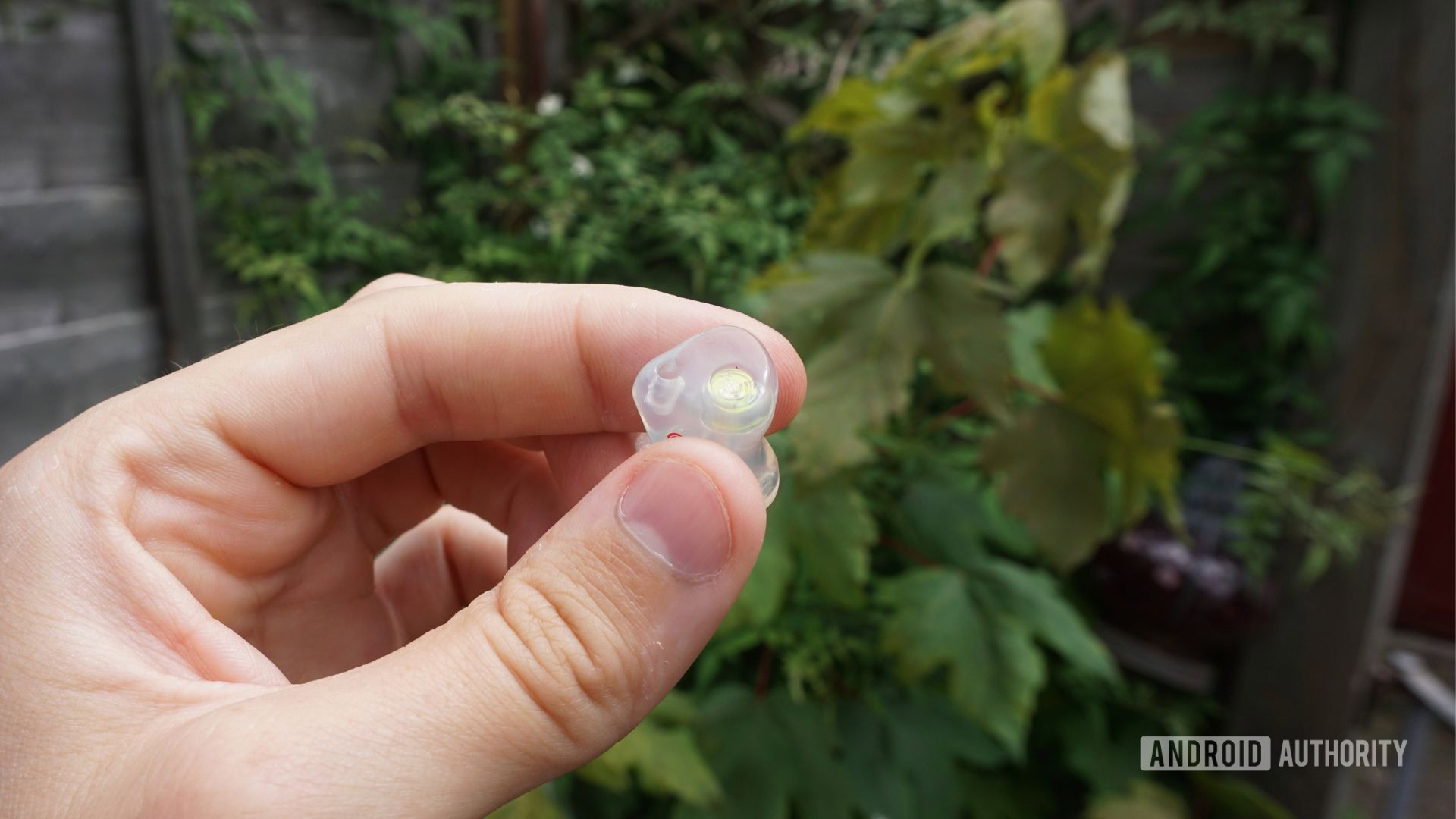
If your earbuds aren’t equipped with Active Noise Cancelation and transparency mode, you can only communicate clearly with your surroundings by taking one or both of them out of your ears. Without a neckband, you’re likely left standing with them in the palm of your hand. That can lead to potentially dropping your earbuds on the floor, accidentally skipping a song, or resuming audio playback. Not very convenient for what is supposed to be the most portable form of headphones.
Third-party magnetic neckbands exist, but they aren't universal, they interfere with charging, and they're not compatible with stemless earbuds.
Some commentators will note that third-party magnetic neckbands already exist on the market. Unfortunately, these are known to cause interference with charging. They also aren’t universal, meaning many earbud brands will miss out. Apple AirPods Pro appears to be the best-known beneficiary, albeit with varying levels of customer satisfaction. But even if you can get your hands on a pair of magnetic neckbands, there’s no guarantee they’ll satisfy your needs. They’re unlikely to fit within your charging case and may not attach to your specific earbuds at all. Most disappointingly, they don’t work on stemless buds. That means the Samsung Galaxy Buds Pro 2, for example, can’t use magnetic neckbands.
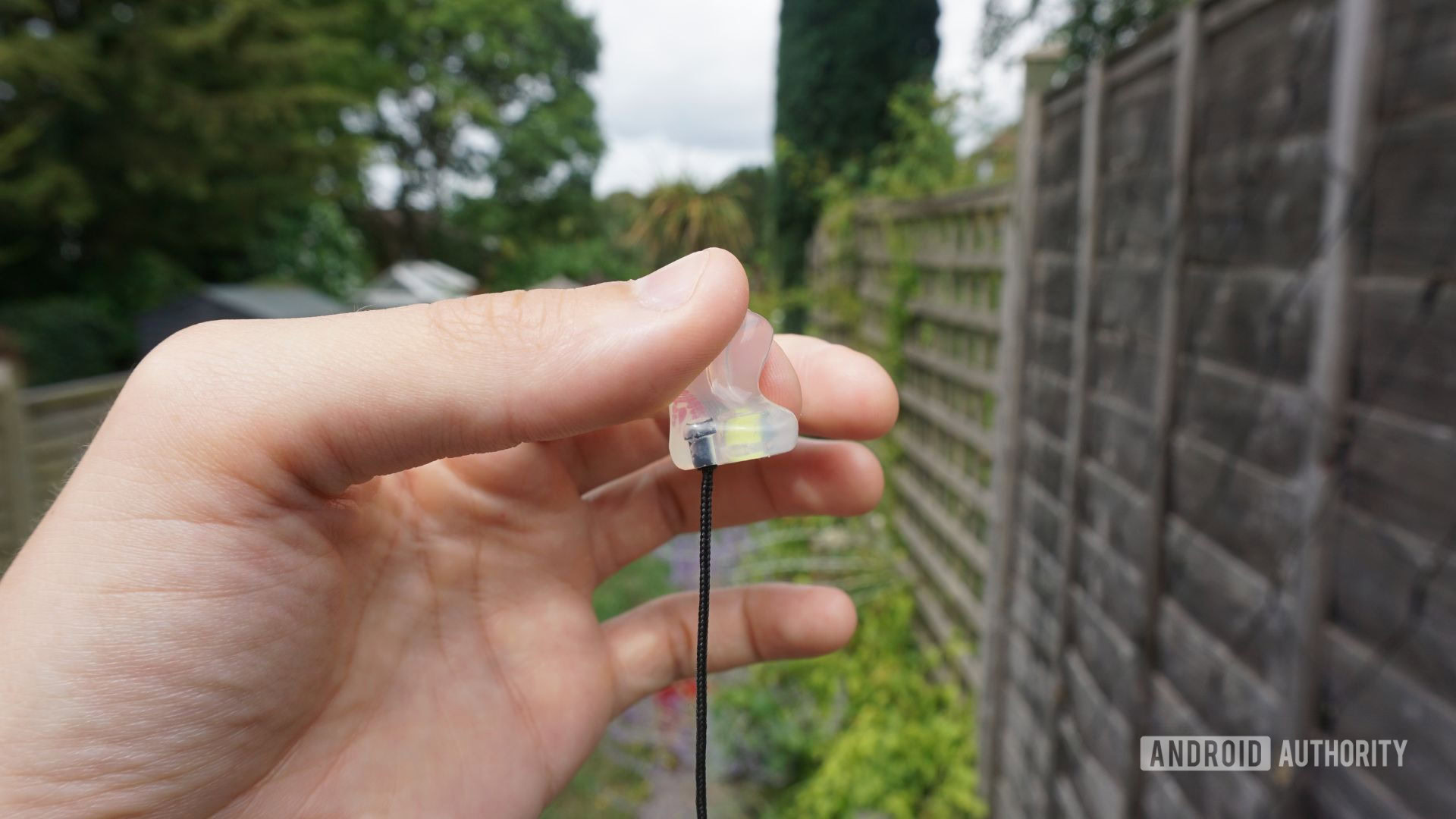
That’s why earbud manufacturers need to take notice of less gadgety ways of attaching neckbands. My molded earplugs attach by pushing the band directly into the earpiece. At either end of the string are small plastic plugs that slot into a hole in the outer casing of the earplugs. When you want to wear them tetherless, you pull the plug out of the hole and store the neckband safely in the case. No magnets, no dramas. Also, the band is thin, making it much more portable and easily stored inside the case.
There are two potential pitfalls with that design, though. One is that earbuds need to be small enough to sit nicely inside the well of our ears and anything that interferes with or changes the exterior design can affect their comfort and seal. Also, unlike my custom earplugs, Bluetooth earbuds are made of hard plastic, not silicon. That makes including a removable neckband more difficult. The only method I can think of is for the outer casing to host a small waterproof inlet to push the band into.
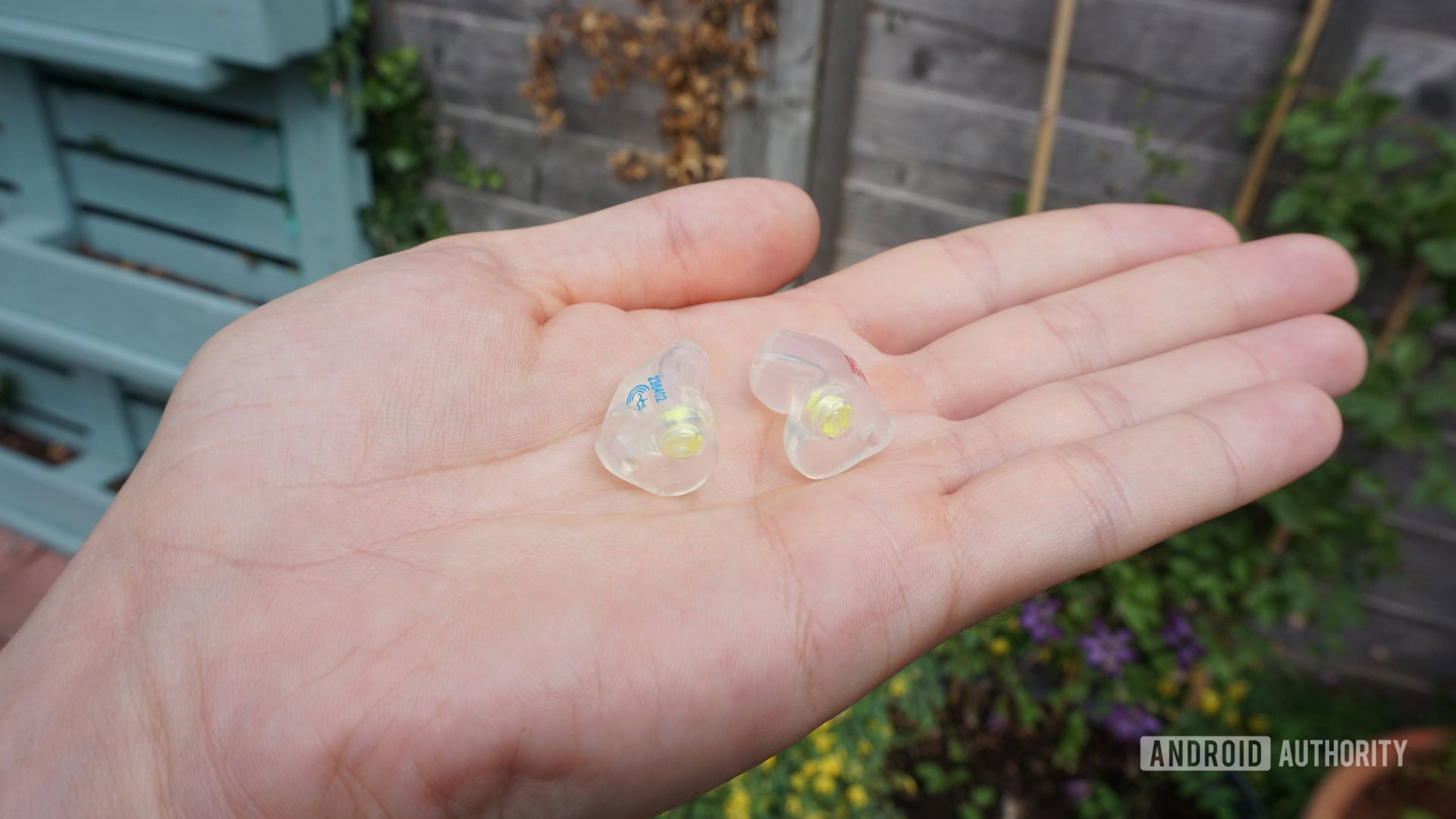
Nevertheless, earbud brands have lots of money to find a solution. If they can figure out how to attach and remove neckbands easily and figure out a way to store the band inside the charging case, they may convince more conscious buyers to jump on the true wireless earbud hype.